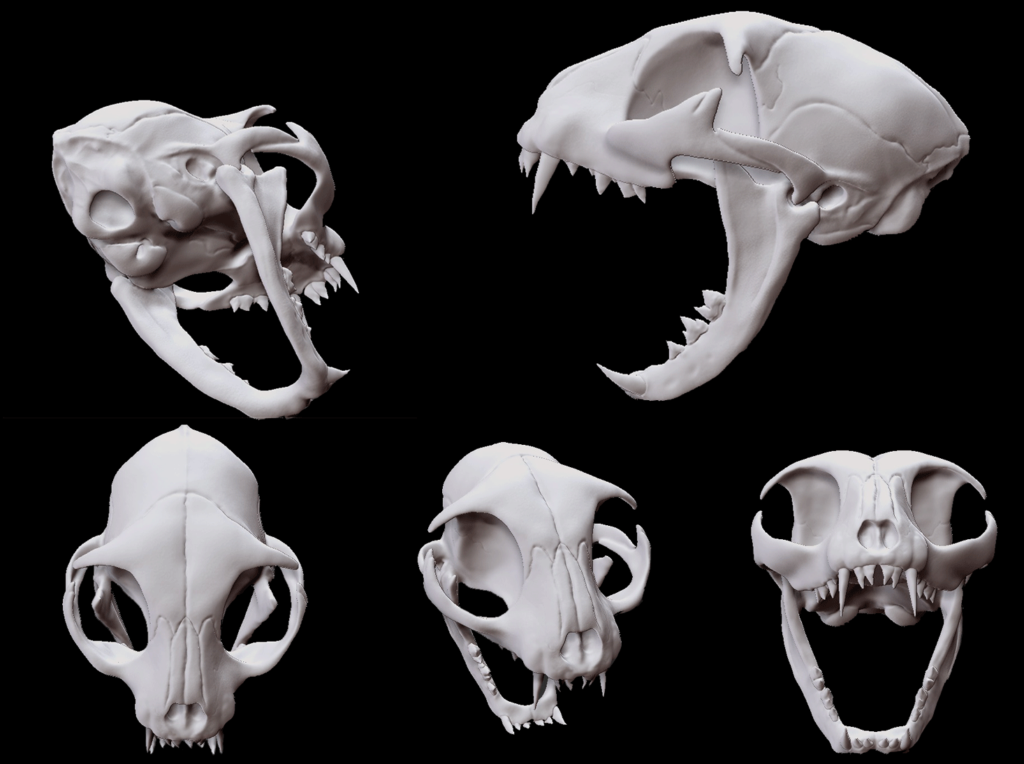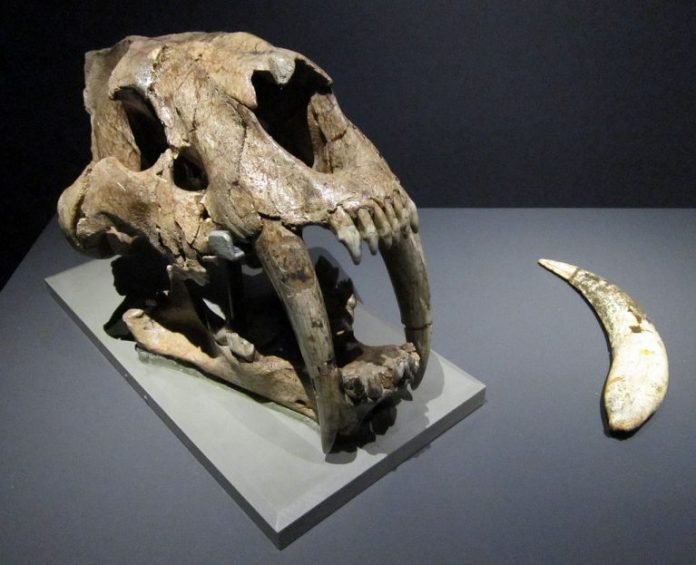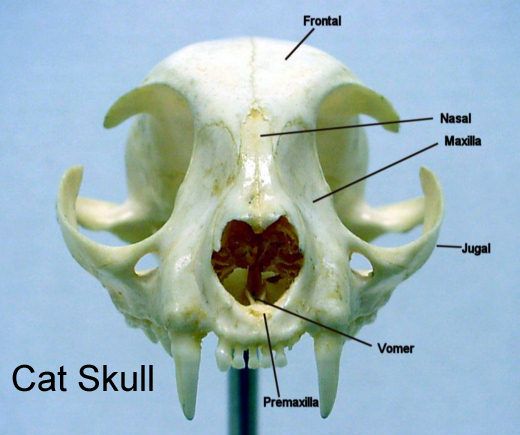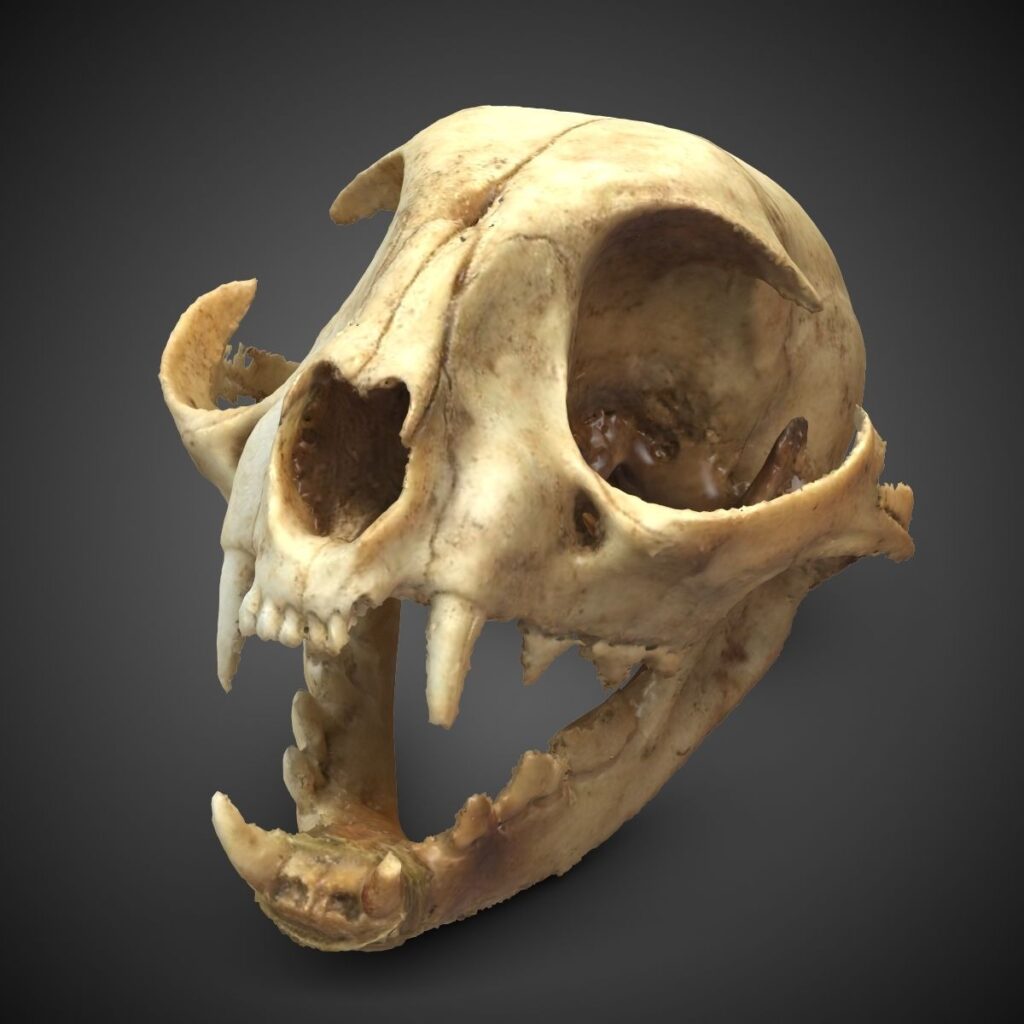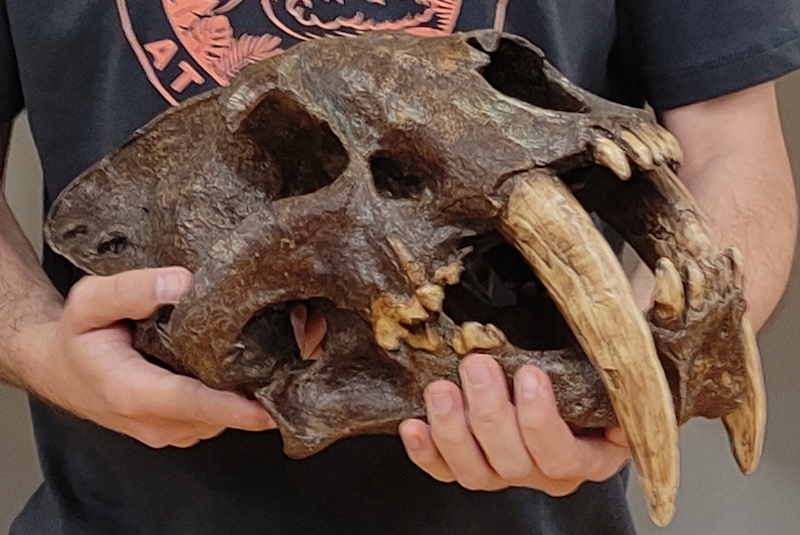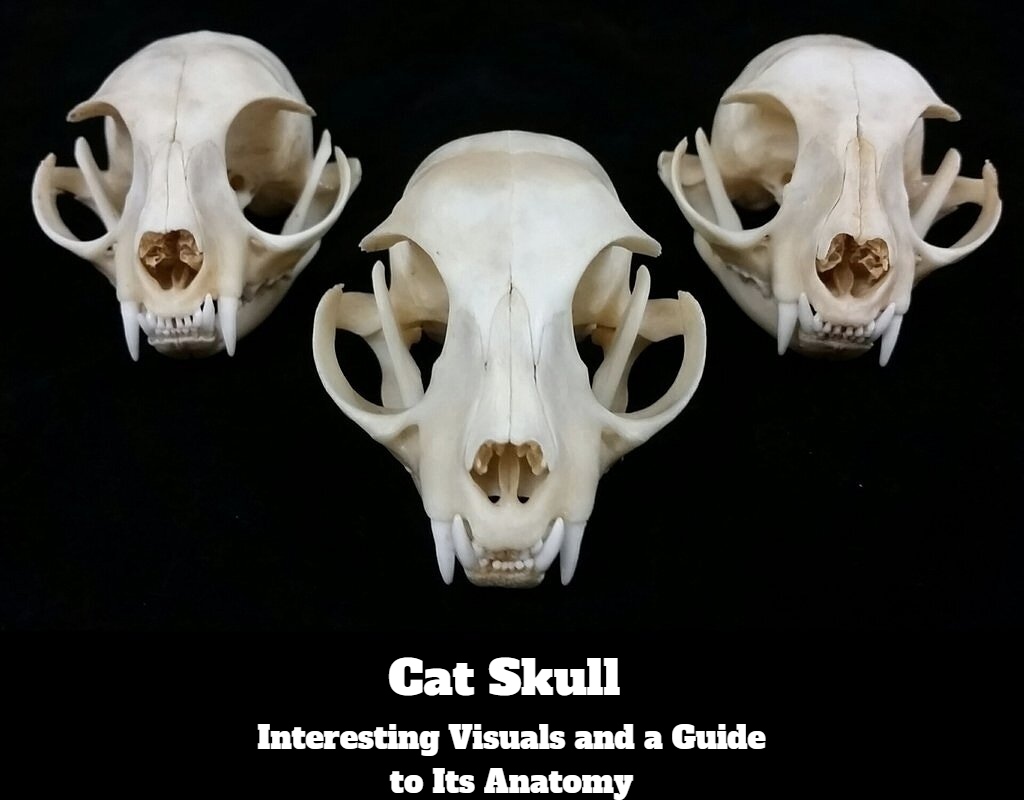Cats, with their agile movements, independent nature, and mysterious allure, boast a distinctive anatomical makeup that piques the interest of enthusiasts and researchers alike. At the heart of this fascination lies the cat skull—a complex structure that not only showcases the feline’s evolutionary adaptations but also unravels the secrets behind its predatory prowess.
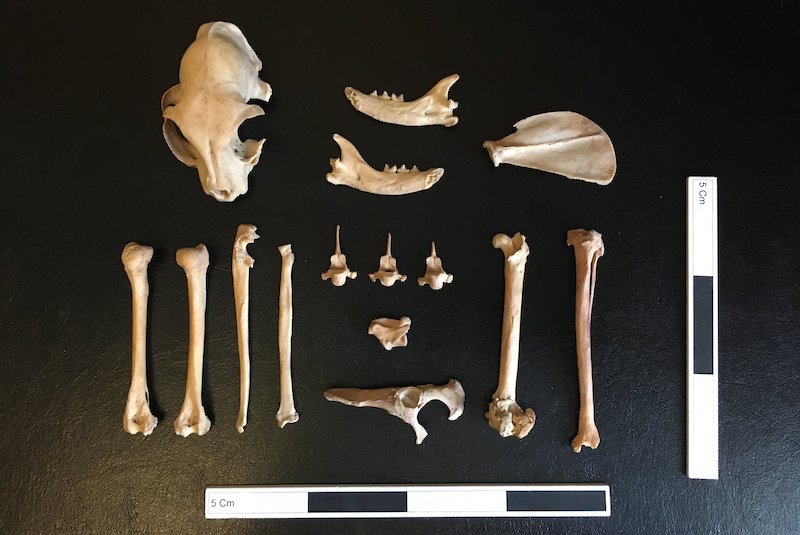
In this article, we present a comprehensive guide to cat skulls, exploring their intricate skeletal structure, spinal anatomy, and delving into the intriguing world of skull pricing.
Throughout this informative journey, we will also provide you with never-before-seen images of cat skulls, offering a unique visual insight into these fascinating feline remains.
Cat Anatomy
Cats, our adorable companions, never cease to amaze us with their charming personalities and fascinating anatomies. In this article, we will delve into the depths of cat skulls and skeletal structures, unraveling the intricacies of these complex and elegant systems.
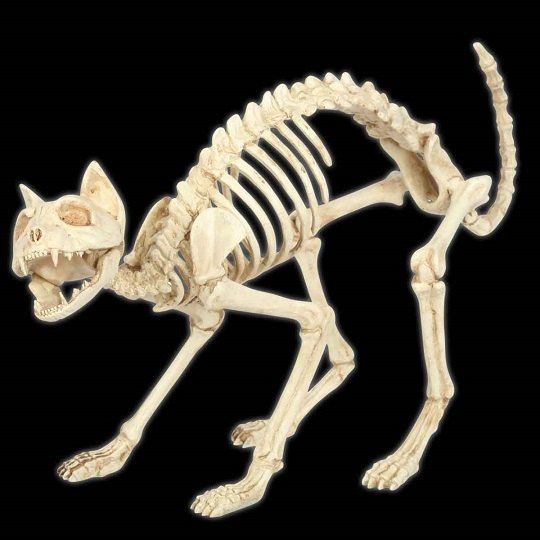
Cat Skull
A cat’s skull is a complex structure consisting of 35 bones. These bones form a robust framework to protect the brain and other vital organs. Different regions of the skull serve distinct functions:
- Brain Region: This area, constituting the largest part of the skull, houses and safeguards the brain.
- Facial Region: Encompassing sensory organs such as eyes, nose, and mouth, this region aids the cat in interacting with its surroundings.
- Jaw Region: Housing teeth and jaws, this segment enables the cat to capture and consume its prey.
Cat Skeletal Structure
The skeletal system of cats comprises 230 bones, exhibiting exceptional flexibility and strength. This structure empowers cats with the ability to perform movements like climbing, running, and leaping effortlessly. Different segments of the skeleton include:
- Spine: Comprising 32 vertebrae, the spine forms the core support for the cat’s body.
- Ribs: Consisting of 13 pairs of bones, ribs protect the heart and lungs.
- Limbs: The front and hind limbs of cats consist of intricate joints, each containing varying numbers of bones, facilitating their agile movements.
Now, let’s explore the marvels of cat anatomy and understand how these unique features contribute to the agility and grace that define our feline friends.
The Oldest Cat Skulls Unearthed in Excavations
Cats have become so integrated into our lives as pets that we always feel their presence as if they were constantly with us. But how far back does the history of these adorable companions go? What does the oldest cat skull tell us about this mysterious past?
The Mysterious Cat Skull Found in France
A cat skull discovered in the La Ferrassie cave in France is dated back to 15,000 to 22,000 years ago. This finding is considered one of the earliest pieces of evidence for the domestication of cats in Europe. The skull of the La Ferrassie cat closely resembles that of modern domestic cats, supporting the idea that the domestication of cats was a gradual process with minimal morphological changes occurring during this period.
A Cat Skull Found in Çatalhöyük, Turkey

The cat skull found in the Neolithic settlement of Çatalhöyük in Turkey dates back to 8,000 to 9,000 years ago.

The skull of the Çatalhöyük cat differs from that of the La Ferrassie cat and resembles a more wild feline. This finding suggests that the domestication of cats may have occurred in different regions and at different times, rather than being a single event.

The Oldest Cat Skull Found in Israel
A cat skull found in Israel dates back to 125,000 years ago. This finding suggests that the evolutionary history of cats may be older than previously believed. However, the relationship of this finding to domesticated cats is not clear, and further research is needed.
Unknowns about the Evolution of Cats
The earliest cat skull findings indicate that the domestication of cats was a long and complex process that could have occurred in different regions and at different times. There are still many unknowns about the evolutionary history of cats, and research on this topic is ongoing.
Some Questions About the Future
The findings from the oldest cat skull provide us with many new insights into the evolution of cats. So, what questions will we seek answers to in the future?
- How did the domestication of cats exactly occur?
- How and when did different cat species emerge?
- How did the evolution of cats interact with human evolution?
Things You Need to Know Before Buying a Cat Skull
Cats, our adorable companions, bring joy and love into our homes. But how much do you know about the mysterious history of these furry friends?
In this article, we delve into the examination of cat skulls, providing information about the prices of cat skulls for sale and things to consider when making a purchase. Stay tuned for insights into the intriguing world of our feline friends.
Cat Skull Prices
The prices of cat skulls can vary depending on their type, age, size, condition, and the source of purchase.
Examples of Cat Skull Prices for Sale
- Real cat skull (adult, intact): $100 – $500
- Replica cat skull (adult, intact): $20 – $100
- Kitten cat skull (real or replica): $10 – $50
Our Other Related Articles
- Spotted Cat Breeds
- Persian Cat Prices
- Bengal Cat Prices
- Somali Cat Prices
- Maine Coon Prices
- Sphynx Cat Price
- Siamese Cat Price
Factors Influencing Cat Skull Prices
- Species: Real cat skulls are more expensive than replica skulls.
- Age: Older skulls may be more expensive than newer ones.
- Size: Larger skulls may be more expensive than smaller ones.
- Condition: Damaged or incomplete skulls may be cheaper than intact skulls.
- Purchase Source: Museums and private collectors may demand higher prices compared to online websites and antique dealers.
Things to Consider When Buying a Cat Skull
- Ensure the seller is reliable.
- Pay attention to the species, age, size, and condition of the skull.
- Request photos and detailed information about the skull before making a purchase.
- Ensure that the sale is conducted in compliance with legal and ethical standards.
Places Where You Can Find Cat Skulls for Sale
- Online platforms (eBay, Etsy, etc.)
- Antique dealers
- Museum gift shops
- Scientific supply companies
Note: Buying and selling cat skulls may be illegal in some countries. Please check the relevant laws before making a purchase.
Additional Information
Cat skulls are used for various purposes such as scientific research, education, and collecting.
It is important to adhere to ethical standards when purchasing cat skulls. Ensure that the skulls are obtained through legal and sustainable sources.
Handle and use cat skulls with care when storing them. These bones can be delicate and fragile.
Fascinating Cat Skull Images
